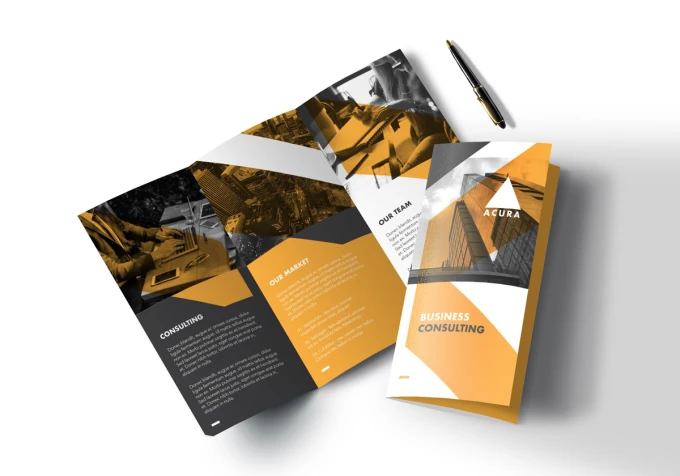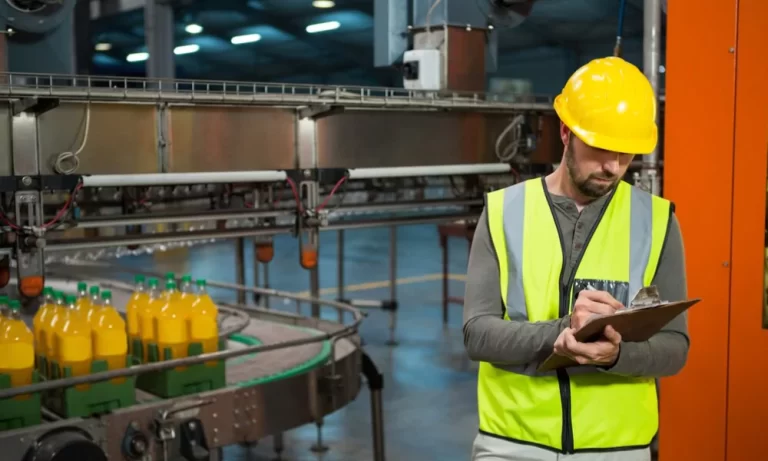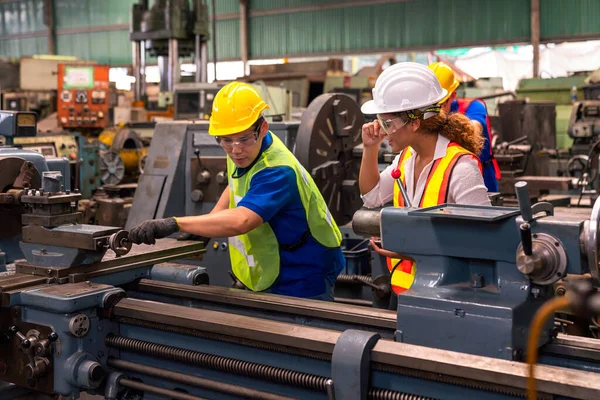The days of manually tracking employee hours with paper timesheets or outdated punch clocks are behind us. Technology has transformed how businesses manage their workforce, making time and attendance systems more sophisticated, accurate, and user-friendly. Today, modern time and attendance systems offer a wealth of features that can significantly benefit small business owners and HR managers.
Accuracy and Efficiency: How a Modern System Improves Tracking
Manual timekeeping is prone to errors, whether it’s due to human oversight or intentional time theft. Modern time and attendance systems eliminate these inaccuracies by automating the recording process.
These systems log employee hours in real time, ensuring that every minute is accurately accounted for. This not only boosts efficiency but also saves valuable time for HR managers who no longer need to manually verify timesheets.
Benefits:
- Real-time tracking
- Reduction of human error
- Elimination of time theft
Cost Savings: The Financial Benefits for Small Businesses
Implementing a modern time and attendance system can lead to significant cost savings for small businesses. Accurately tracking employee hours, businesses can avoid overpayments due to inaccurate time reporting. Additionally, these systems often feature tools that help manage overtime, reduce absenteeism, and optimise workforce scheduling. All these factors contribute to a healthier bottom line.
Benefits:
- Avoid overpayments
- Manage overtime effectively
- Reduce absenteeism
- Optimise scheduling
Compliance and Security: Protecting Your Business and Employees
Compliance with labour laws and regulations is critical for any business. Modern time and attendance systems help ensure your company meets all legal requirements by maintaining precise records of hours worked, breaks taken, and overtime. These systems also offer enhanced security features, such as biometric verification, to protect sensitive employee data and prevent fraudulent activities.
Benefits:
- Ensure compliance with labour laws
- Maintain accurate records
- Enhanced data security
- Prevent fraudulent activities
Flexibility and Remote Work: Adapting to New Work Trends
The rise of remote work and flexible schedules has made it increasingly important for businesses to adapt their time-tracking methods. Time attendance system is designed to accommodate these new work trends, allowing employees to clock in and out from anywhere using mobile apps or web-based platforms. This flexibility ensures that your business can continue to operate smoothly, regardless of where your employees are located.
Benefits:
- Support for remote work
- Flexibility in clocking in/out
- Mobile and web-based access
- Seamless operation across locations
Integration with Payroll and HR: Streamlining Administrative Tasks
One major benefit of modern time and attendance systems is their seamless integration with payroll and HR software. This integration streamlines administrative tasks by automatically transferring employee hours to payroll, minimising errors and ensuring timely, accurate payments. Additionally, it simplifies HR processes like managing leave requests and tracking employee performance.
Benefits:
- Seamless integration with payroll and HR software
- Reduce the risk of payroll errors
- Ensure timely and accurate payments
- Simplify HR processes
User-Friendly Experience: Making the Switch Easy for Employees
Introducing new technology to your business can sometimes be met with resistance, especially if employees find it challenging to use. Modern time and attendance systems are designed with user-friendliness in mind, featuring intuitive interfaces and straightforward processes. Training employees to use these systems is typically quick and easy, ensuring a smooth transition and high adoption rates.
Benefits:
- Intuitive user interfaces
- Easy-to-understand processes
- Quick training and high adoption rates
- Smooth transition to new systems
Conclusion: The Future of Time and Attendance for Small Businesses
In a fast-paced and technologically driven world, relying on outdated methods for tracking time and attendance is no longer feasible. Modern time and attendance systems offer small business owners and HR managers a range of benefits, including improved accuracy, cost savings, compliance, flexibility, integration, and user-friendliness. Upgrading to a contemporary system, your business will be better equipped to manage its workforce efficiently and effectively, positioning itself for future growth and success.
Ready to take your time and attendance tracking to the next level? Upgrade to a modern system today and experience the difference for yourself!











